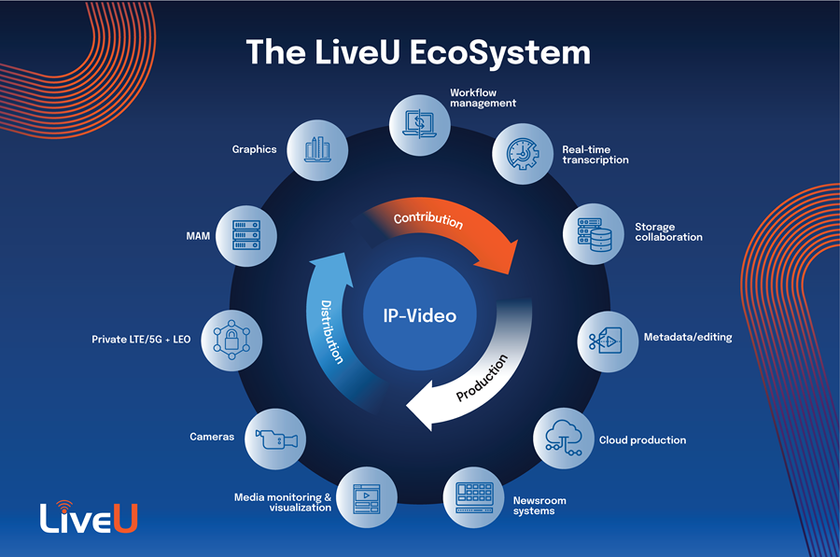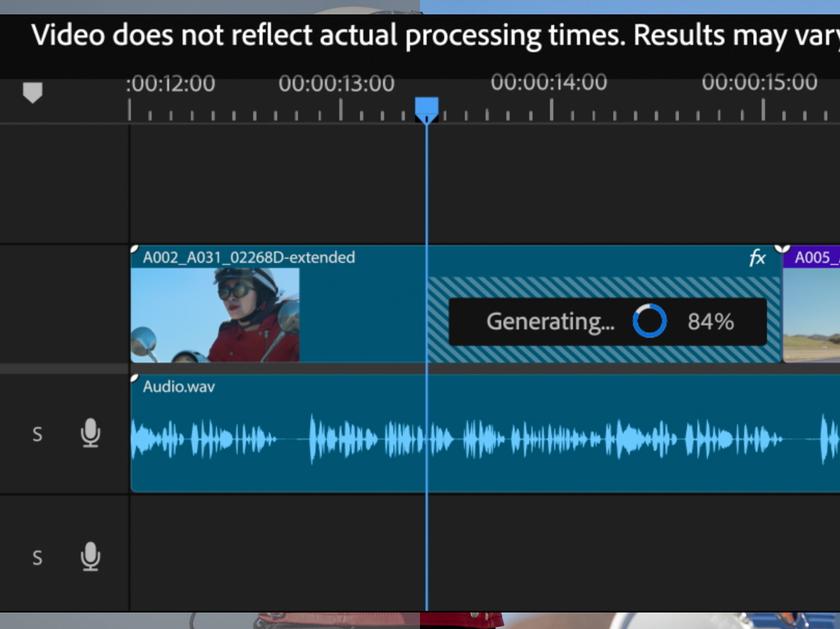Research: Viewers More Willing to Watch Ads
Conventional wisdom says that TV viewers will do anything to avoid ads, but viewer behavior says something different, the Hub reports

BOSTON—While the popularity of ad-free SVOD services like Netflix and Disney Plus has caused worries that marketers will have a harder time reaching consumers, new research from Hub suggests that viewers are relatively tolerant of ads and that their attitudes toward ad-supported services has a lot to do with cost and how the ads are delivered.
The first wave of Hub’s “TV Advertising: Fact vs. Fiction” study found that consumers view both ad-free and ad-supported content and that it is not an either or choice for them.
The survey found that nearly all TV consumers (95%) watch from at least one ad-supported source and a large majority (79%) also report that they watch at least one ad-free TV source.
Nearly one in five consumers (17%) reported that they can’t tolerate them and won’t sign up for a service with ads while another group (26%) says the content is more important than ads.
But 57% fall between these two statements agreeing with the statement that “I can tolerate a certain number of ads, but if there are too many I’ll go elsewhere.”
Consumers are also more willing to view ads when the cost of the services is added to the mix.
Given the choice between a lower-cost ad-supported service and a higher-cost ad-free service—assuming the same content—most would be willing to watch ads, with 58% saying they’d prefer an ad-supported service that costs $4-$5 less per month than an ad-free service. About 42% said they would pay more to avoid ads.
Get the TV Tech Newsletter
The professional video industry's #1 source for news, trends and product and tech information. Sign up below.
Interestingly, the proportion who would choose a less expensive, ad-supported service over an ad-free service actually includes one-third of those who initially said that, on principle, they’d “never consider” a TV service with ads.
“What’s clear from these findings is that what matters to consumers is not whether ads are included in the content they watch, but how ads are delivered,” said Mark Loughney, Hub senior consultant and co-author of the study. “Even consumers who say they’re categorically opposed to ads will use an ad-supported platform if the price and ad delivery are right.”
The data comes from the first wave of Hub’s “TV Advertising: Fact Vs. Fiction” study, conducted among 3,0001 US consumers aged 14-74, who watch at least 1 hour of TV per week. The data were collected in June 2021.
George Winslow is the senior content producer for TV Tech. He has written about the television, media and technology industries for nearly 30 years for such publications as Broadcasting & Cable, Multichannel News and TV Tech. Over the years, he has edited a number of magazines, including Multichannel News International and World Screen, and moderated panels at such major industry events as NAB and MIP TV. He has published two books and dozens of encyclopedia articles on such subjects as the media, New York City history and economics.












